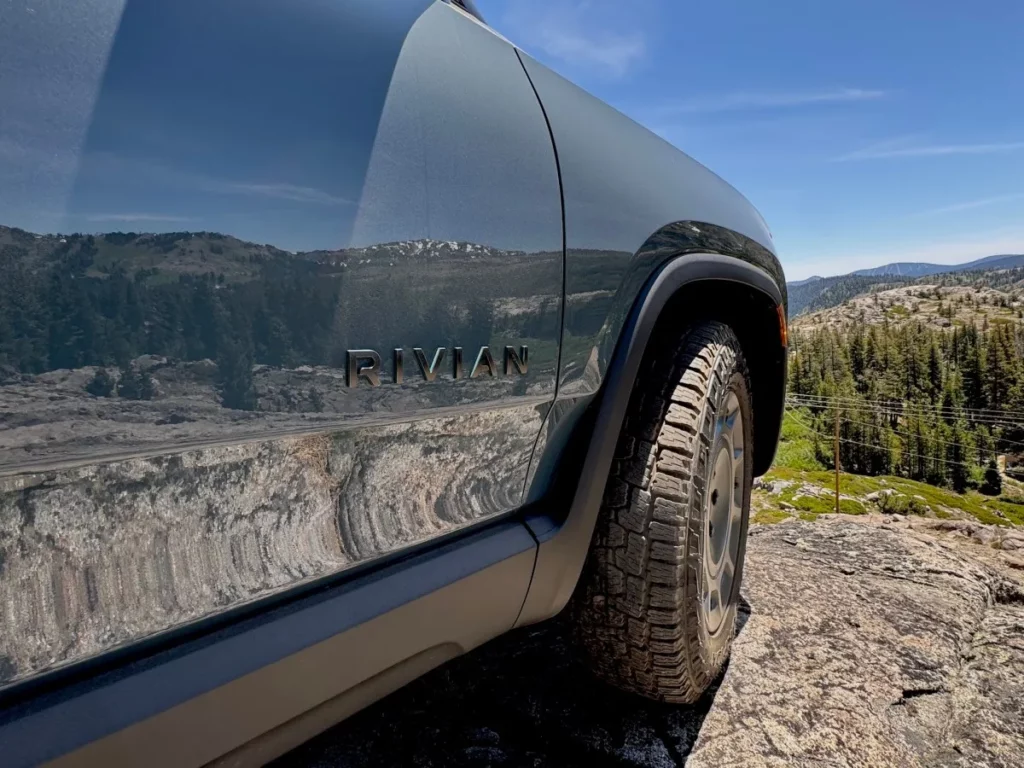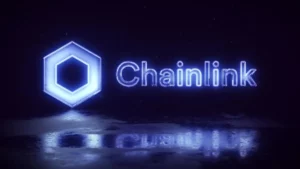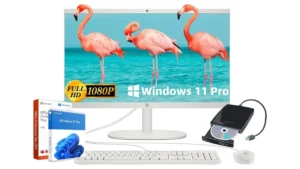
The tech behind Rivian’s 2026 Quad-Motor truck and SUV — and that kick turn
As Rivian starts accepting orders for its 2026 Quad-Motor pickup truck and SUV, customers may initially be drawn in by the impressive specs – four motors delivering a combined 1,025 horsepower and 1,198 pound-feet of torque, with an estimated range of approximately 374 miles. However, this is not all; Rivian’s software also plays a crucial role.
The company’s head of software, Wassym Bensaid, described the quad-motor as “the pinnacle of everything that Rivian has done so far,” boasting about the acceleration, speed, torque, and range. With complete control over both hardware and software, Rivian is poised to introduce several new features that will be available via software updates starting in September.
One feature that may garner significant attention on social media platforms such as TikTok and Instagram Reels is the “kick turn” capability, which adjusts power to the inside wheels, enabling the vehicle to spin around its center while moving. This is designed for off-road enthusiasts who wish to make tight turns without having to manually perform a three-point turn.
The inspiration behind kick turn originates from an earlier promoted feature called “tank turn.” However, tank turn was never released due to concerns it would cause damage to trails and potentially harm the environment. Instead, Rivian has chosen to tone down the technology while ensuring safety standards are maintained.
Rivian is also rolling out a launch cam feature, allowing drivers to record videos as they accelerate from a standstill to 60 miles per hour in less than 2.5 seconds using an exterior camera that captures “Launch Mode.” This capability enables users to replay the video, view real-time stats such as speed and distance overlays calculated by the company’s controls software. Users can also export these recordings via USB port for saving and sharing.
Furthermore, Rivian is introducing its quad-motor with North American Charging Standard (NACS) support, enabling access to Tesla’s extensive network of Superchargers, in addition to a complimentary CCS DC adapter that allows users to charge at other networks.
Source: techcrunch.com


